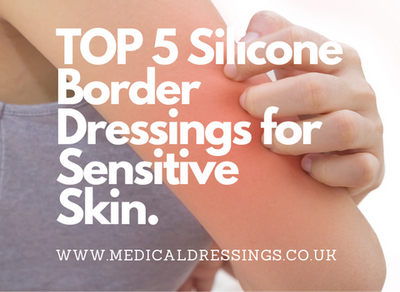Description
Kaltostat
Kaltostat consists of an absorbent fibrous fleece composed of the sodium and calcium salts of alginic acid in the ratio of 80:20. The dressing is presented as a flat non-woven pad for application to surface wounds. In the presence of exudate or other body fluids containing sodium ions, the fibres absorb liquid and swell and calcium ions present in the fibre are partially replaced by sodium, causing the dressing to take on a gel-like appearance. This overlays the wound and provides a micro-environment that is believed to facilitate wound healing.
Indications
Kaltostat is indicated as a primary dressing for the management of heavily exuding wounds including chronic wounds such as leg ulcers (venous arterial and diabetic), pressure sores, fungating carcinomas, and acute wounds such as donor sites, abrasions, lacerations and post surgical wounds.
Although there are no known contra-indications to the use of Kaltostat the dressing will be of little value if applied to wounds that are very dry, or covered with hard black necrotic tissue.
Contra-indications
Known sensitivity to Kaltostat or its components.
Method of use
Kaltostat should be cut or folded to the shape of the wound, applied directly to the surface and held in place with an appropriate secondary dressing. The selection of the secondary dressing will be determined by the condition of the wound. For heavily exuding wounds, an absorbent dressing pad may be required; but as the wound heals and exudate production is reduced, a thinner pad bearing a low adherence plastic film may help to conserve moisture and prevent the dressing drying out too quickly. On lightly exuding wounds, the alginate may be covered with a semipermeable film.
The dressing can be removed with forceps or the gloved fingers, after first soaking with sterile normal saline if required.
Frequency of Change
The interval between dressing changes will depend entirely upon the state of the wound but dressing should be changed when the maximum absorbency of the alginate fibre has been reached or when strike-through of the secondary dressing occurs. Daily changes may be required during the early stages of treatment but the frequency of dressing changes may be reduced as healing progresses. Kaltostat should not be left on longer than 7 days without changing.
Warnings
Wounds that show signs of clinical infection may be dressed with Kaltostat, which should be changed daily. In this situation a non-adhesive secondary dressing is recommended. Adjuvant therapy should be initiated as appropriate.
Presentation
Kaltostat is presented individually wrapped in a peel pouch, sterilised by gamma irradiation.












